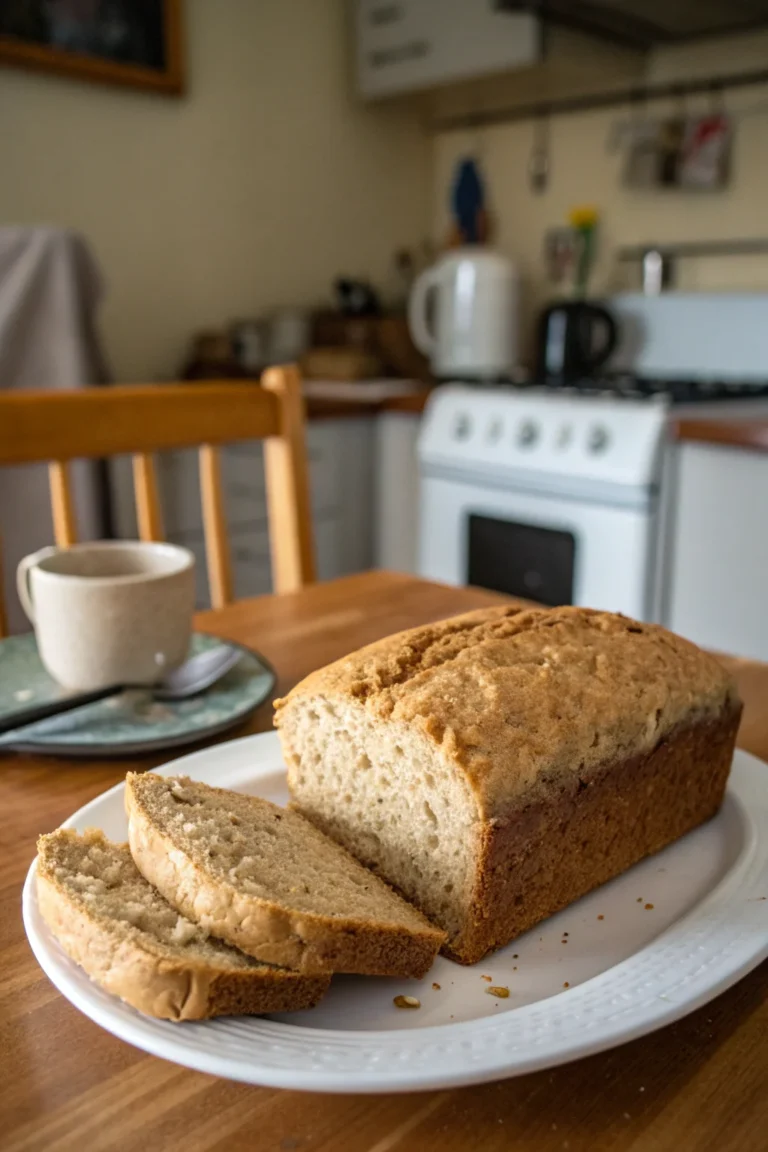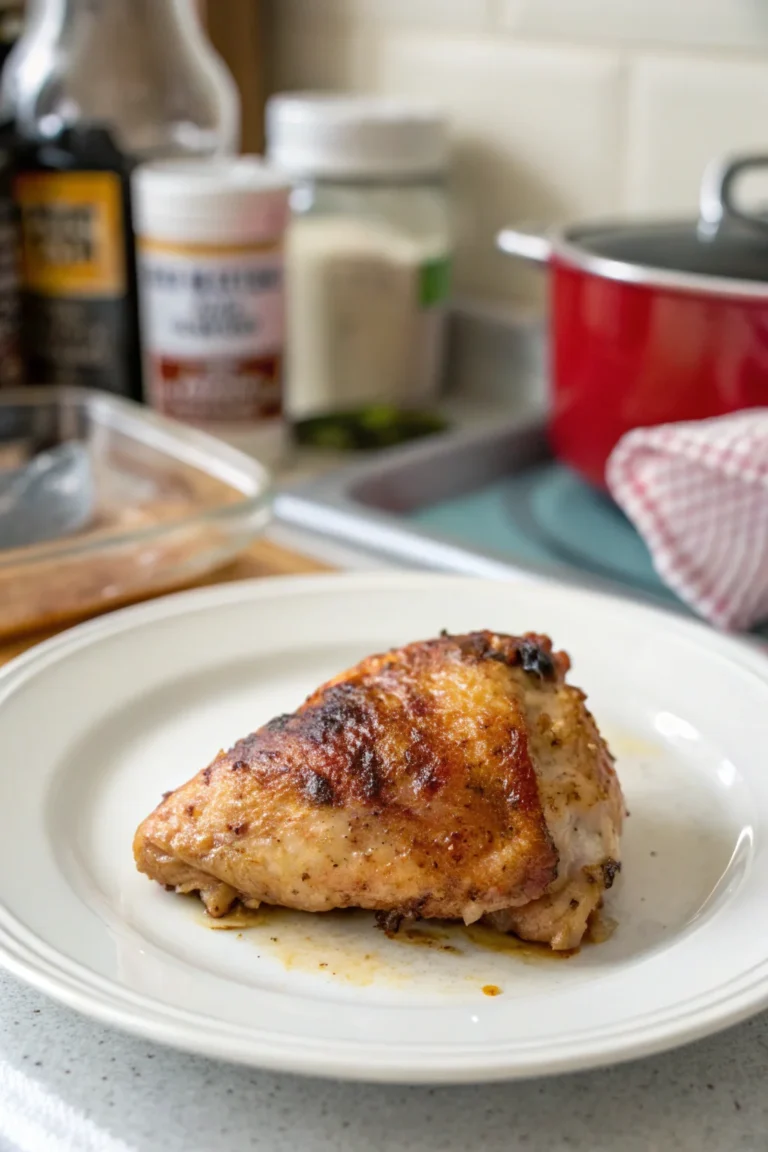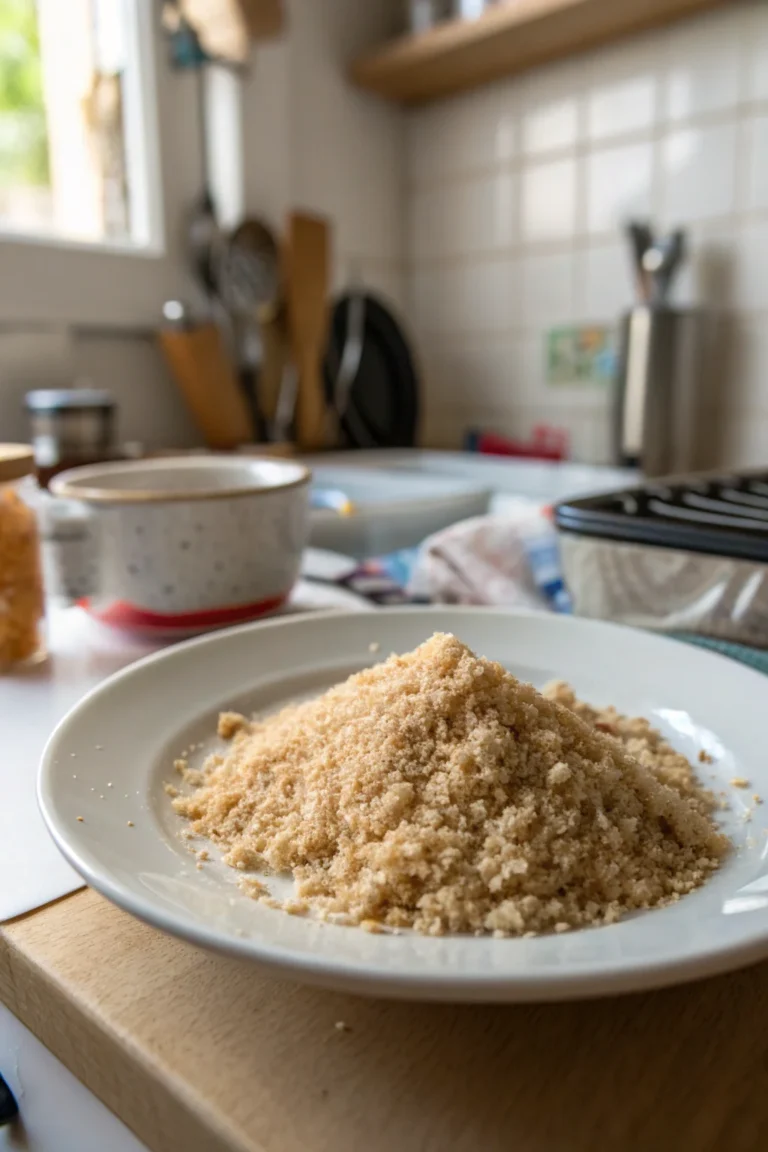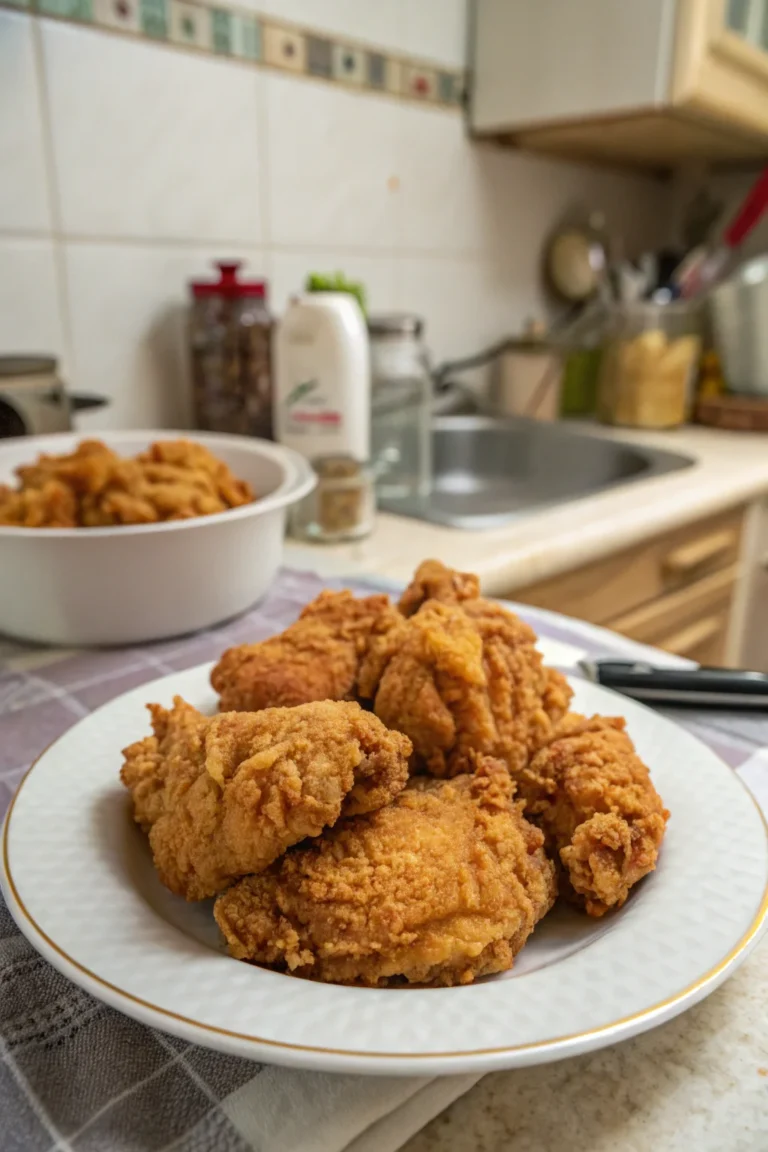Can You Bake Without Eggs? | Easy Substitutes Explained
Baking without eggs may seem daunting at first, but it’s entirely possible and often results in delicious treats that everyone can enjoy. Whether you’re dealing with an allergy, following a vegan diet, or simply ran out of eggs, there are numerous substitutes that can maintain the integrity of your baked goods. This guide will walk you through some of the best egg substitutes and answer common questions to help you bake with confidence. With a little creativity and understanding of how each substitute works, you can easily adapt your favorite recipes to be egg-free.
Table of Contents
What Are the Best Egg Substitutes for Baking?

There are several excellent egg substitutes you can use in baking, depending on the role eggs play in your recipe. Each substitute has unique characteristics and works best in specific types of baked goods. Here are some popular options:
Applesauce: Use 1/4 cup of unsweetened applesauce to replace one egg. It adds moisture and a touch of sweetness, making it ideal for cakes, muffins, and quick breads. Applesauce keeps your baked goods tender and can slightly enhance their sweetness, which might mean you can reduce the added sugar in your recipe. It’s especially useful in recipes where a moist and dense crumb is desirable, like carrot cake or banana bread.
Mashed Bananas: Substitute one egg with 1/4 cup of mashed banana. This works well in muffins and quick breads, providing a rich, moist crumb. Bananas also offer a natural sweetness and can lend a pleasant banana flavor to your baked goods, which pairs well with spices like cinnamon and nutmeg. They’re perfect for recipes like banana muffins or pancakes, where the banana flavor can shine.
Flaxseeds: Mix 1 tablespoon of ground flaxseeds with 2.5 tablespoons of water. Let it sit for a few minutes until thickened. This mixture, often called a “flax egg,” acts as a binding agent, suitable for cookies, pancakes, and brownies. Flaxseeds add a slight nuttiness and are a great source of omega-3 fatty acids. They work particularly well in recipes where a slightly denser texture is acceptable, such as whole-grain cookies or hearty pancakes.
Chia Seeds: Similar to flaxseeds, mix 1 tablespoon of chia seeds with 2.5 tablespoons of water and let it gel. Chia seeds create a gel-like consistency that helps bind ingredients, making them excellent for dense, hearty baked goods. They also add a subtle crunch and nutritional benefits like fiber and protein. Use them in recipes like multigrain bread or energy bars for an extra nutrient boost.
Yogurt or Buttermilk: Use 1/4 cup to replace each egg. These dairy products add richness and moisture, making them perfect for cakes and muffins. Yogurt or buttermilk enhances the tenderness and flavor of your baked goods, and their acidity can also help with leavening when combined with baking soda. They are excellent in recipes like lemon cakes or scones where a tangy flavor is desired.
How Do Eggs Function in Baking?
Eggs provide structure, leavening, moisture, and richness to baked goods. They help bind ingredients together and can also contribute to the color and flavor of the final product. When selecting an egg substitute, consider which of these roles is most important for your recipe. For example, if leavening is critical, consider substitutes like baking soda or aquafaba (chickpea brine).
Eggs are unique because they serve multiple roles at once. They help trap air during the mixing process, which contributes to the light and fluffy texture of cakes and muffins. Eggs also help emulsify batters, ensuring even distribution of fats and liquids, which is crucial for consistent texture and flavor. Additionally, the proteins in eggs coagulate during baking, providing structure and stability to your baked goods. In cookies, eggs help create a chewy texture, while in cakes, they contribute to a fine crumb.
Can You Use Vinegar and Baking Soda as an Egg Substitute?
Yes, combining vinegar and baking soda is an effective egg substitute, especially in recipes needing leavening:
How to Use: Mix 1 tablespoon of white vinegar or apple cider vinegar with 1 teaspoon of baking soda to replace one egg. The chemical reaction between the acidic vinegar and alkaline baking soda produces carbon dioxide gas, which helps doughs and batters rise.
Best For: Cakes and cupcakes where a light, airy texture is desired. This combination works particularly well in recipes that already include acidic ingredients, like chocolate cakes or recipes with buttermilk, as it enhances the leavening effect. It’s also a great choice for fluffy pancakes or waffles.
Is Aquafaba a Good Egg Substitute?
Aquafaba, the liquid from canned chickpeas, is an excellent egg substitute due to its similar consistency to egg whites:
How to Use: Use 3 tablespoons of aquafaba to replace one whole egg or one egg white. Its ability to whip into stiff peaks makes it ideal for recipes traditionally relying on egg whites, like meringues and macarons.
Best For: Meringues, macarons, and other recipes where egg whites are typically used. Aquafaba is also flavor-neutral, which means it won’t alter the taste of your baked goods, and it provides a glossy finish to meringues and pavlovas. It’s also a fantastic vegan option for making marshmallows or nougat.
Learn more about vegan baking tips.
Can You Bake Without Eggs and Dairy?
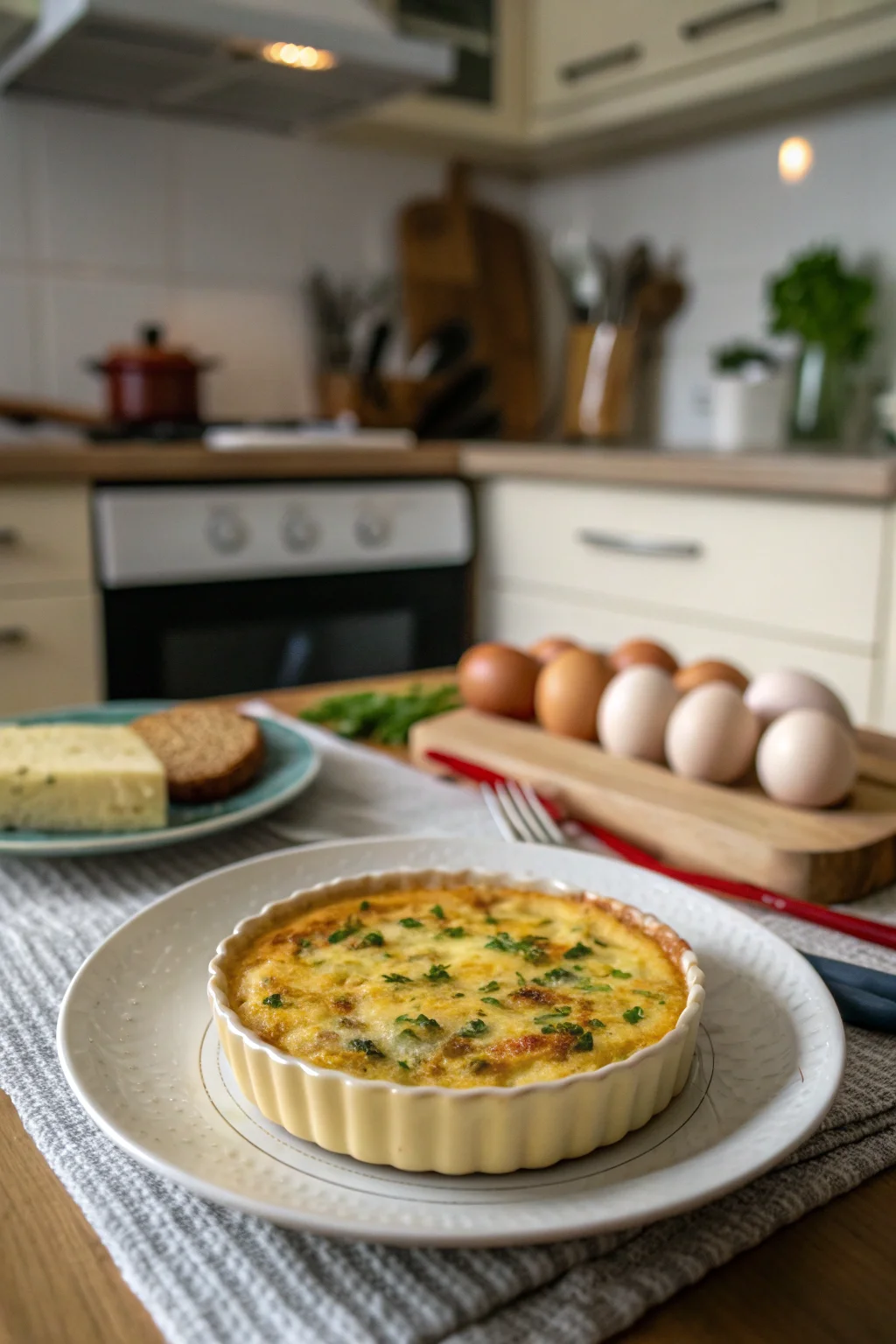
Absolutely! Many recipes can be adapted to be both egg-free and dairy-free. Use plant-based milks like almond or soy milk and replace butter with coconut oil or margarine. Plant-based diets have become increasingly popular, and the availability of alternative ingredients ensures that you can enjoy all your favorite baked goods without compromising on flavor or texture. Try using coconut milk for a rich, creamy alternative in recipes like coconut cake or Thai-inspired desserts. Check out our dairy-free baking guide.
What Are Some Common Vegan Egg Replacements?
Vegan egg replacements include:
Silken Tofu: 1/4 cup pureed can replace one egg, adding moisture and density. Silken tofu is particularly useful in dense recipes like brownies, cheesecakes, or dense muffins. It provides a creamy texture and is flavor-neutral, allowing other flavors to shine. It’s also a versatile ingredient that can be used in savory dishes like quiches.
Commercial Egg Replacers: Products like Bob’s Red Mill Egg Replacer offer a convenient blend of leavening and binding ingredients. These products are designed to mimic the properties of eggs in baking, providing structure, moisture, and leavening. They are particularly convenient because they are shelf-stable and can be used in a wide variety of recipes. These are great for beginner bakers who want a reliable substitute without having to experiment with different ingredients.
How Does Baking Without Eggs Affect Texture?
Baking without eggs can alter the texture, making it denser or less fluffy. Choosing the right substitute, such as aquafaba or baking soda and vinegar, can help maintain the desired texture. The absence of eggs means you need to be mindful of how your chosen substitute will interact with other ingredients. For instance, substitutes like applesauce or banana can add moisture but may also make the final product denser. Adjusting other ingredients, like increasing the baking powder or soda slightly, can help improve the rise and texture. For a fluffier texture, consider incorporating whipped aquafaba or adding a bit more leavening agent.
Can You Use Yogurt as an Egg Substitute?
Yes, yogurt can be a great egg substitute:
How to Use: Use 1/4 cup of plain yogurt per egg. Yogurt’s creamy texture and acidity help to bind ingredients and provide moisture.
Best For: Muffins, cakes, and quick breads where moisture is key. The tanginess of yogurt can enhance the flavor profile of your baked goods, and its creamy consistency helps maintain a tender crumb. It’s also an excellent choice for savory breads or scones.
Are There Any Store-Bought Egg Replacers?
Yes, several brands offer egg replacement products. They are often a mix of starches and leavening agents designed to mimic eggs’ properties in baking. Brands like Ener-G and Orgran are popular choices. These products are particularly useful when precision is important, as they are specifically formulated to provide the right balance of binding and leavening. They’re excellent for cookies, cakes, and even savory dishes like quiches or frittatas.
How Do You Substitute Eggs in Cookies?
For cookies, consider using flaxseeds or chia seeds. They offer binding properties, keeping cookies together without altering flavor significantly. Cookies often rely on eggs for structure, so using a flax or chia egg helps hold everything together while ensuring the cookies remain chewy. Another option is to use nut butters, like almond or peanut butter, which can add both flavor and binding power. These work especially well in peanut butter cookies or oatmeal cookies.
Is Applesauce a Good Substitute for Eggs in Brownies?
Yes, applesauce works well in brownies, providing moisture and a slight sweetness:
How to Use: Replace each egg with 1/4 cup of unsweetened applesauce. The natural pectin in applesauce helps bind ingredients while maintaining a moist, fudgy texture.
Tip: Ensure not to over-mix to maintain a fudgy texture. Over-mixing can lead to a cakier texture, which may not be desirable in brownies. To enhance the chocolate flavor, consider adding a pinch of espresso powder or using high-quality cocoa.
Can You Use Bananas in Place of Eggs for Pancakes?
Yes, mashed bananas can replace eggs in pancakes, adding natural sweetness and moisture. Use 1/4 cup of mashed banana per egg. This substitution not only adds moisture but also complements flavors like cinnamon and vanilla. Mashed bananas also help create a tender and soft pancake, perfect for breakfast or brunch. For a tropical twist, try adding shredded coconut or a splash of coconut milk to the batter.
Wrap-Up
Baking without eggs opens up a world of possibilities, allowing for creativity and inclusivity in your culinary creations. By understanding the role eggs play and choosing suitable substitutes, you can enjoy egg-free baking without compromising on taste or texture. Experiment with different options to find what works best for your favorite recipes. For more baking tips, explore our egg-free baking section and see how you can adapt your recipes to suit any dietary need. Baking without eggs encourages experimentation, and you might even discover new favorite combinations and flavors.
For further reading on egg substitutes, visit Mayo Clinic’s guide on egg substitutes.

